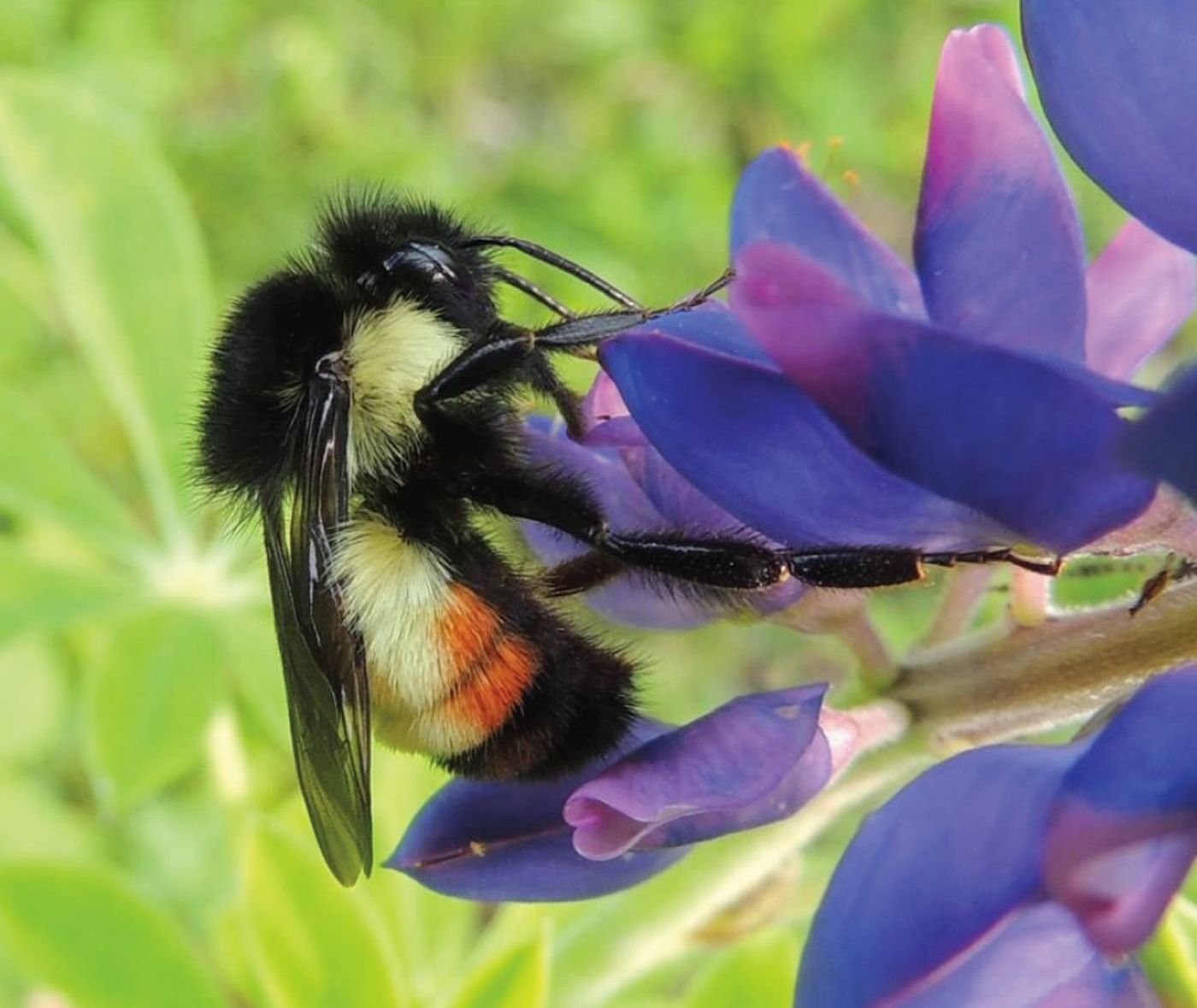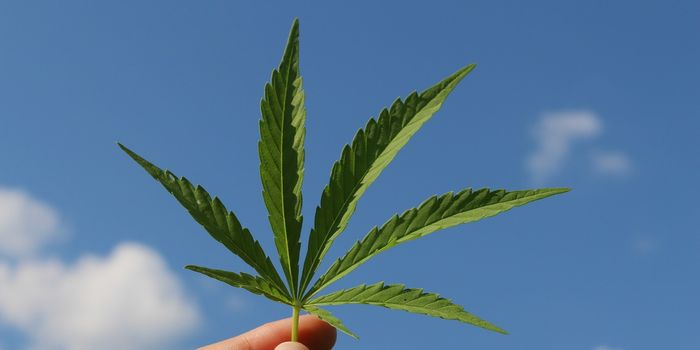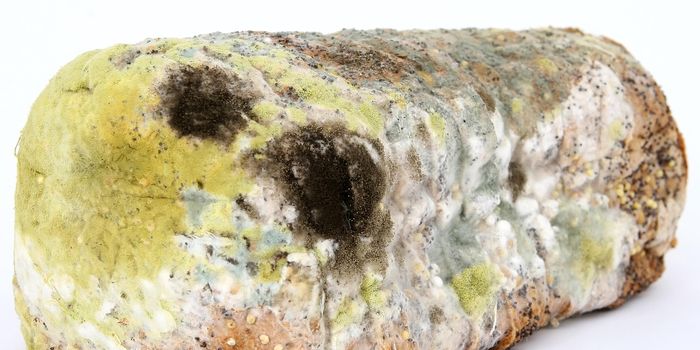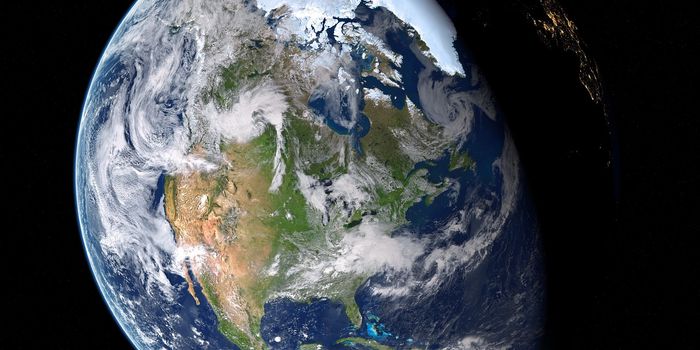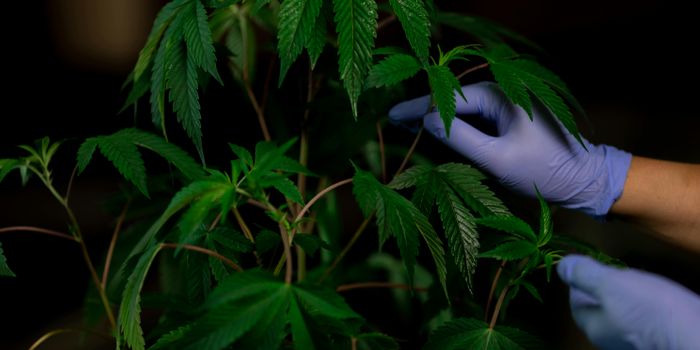Anthropogenic Activity Reduces Bee Diversity, Study Confirms
Bee populations are in decline all over the globe, raising serious concerns about their current situation among conservationists. That said, researchers from the University of Guadalajara chose to study the impact of anthropogenic activities on bees in the Sierra de Quila Flora and Fauna Protection Area in Mexico to see what they could learn.
Image Credit: Alejandro Muñoz-Urias, Alvaro Edwin Razo Leon
Their results, published in the Journal of Hymenoptera Research, denote how anthropogenic activities have a profound effect on bee population diversity and richness. The researchers reportedly reached their conclusion after a year-long study in which they analyzed more than 14,000 individual bees; these could be sorted further into 160 different species and 52 genera.
As it would seem, preserved areas offer more to bees than their unpreserved counterparts. Food availability and nesting sites are two of the most important factors when considering a viable habitat for bees, and land development for the sake of crops and livestock or urbanization deletes these vital resources from a region.
Land development also reduces the number of plants that can provide urgent necessities to bees, including nectar and pollen. Consequently, developed regions become less habitable for many types of bees.
Related: Here's why people hate wasps but don't necessarily mind bees
As you might have noticed, we said “many” bees rather than “all,” and that’s because some are more adaptable than others. More tolerant bees with an appetite for a wider variety of plants are more likely to survive in urbanized regions than their pickier counterparts.
Of all the bees the researchers recorded, at least 49.9% of those were Western honey bees; other bee types were recorded much less frequently, such as the polyester bee at just 1.2%. Based on the numbers, the researchers discerned that the Western honey bee is more tolerant and coping better to environmental changes than the polyester bee.
Although bee populations are declining all around the world, they seem to do much better in protected regions than they do in areas impacted by anthropogenic activity. Given the circumstances, the researchers argue the importance of preserving wild forests to maintain habitable places where bees can thrive.
"Pollinators are a key component for global biodiversity because they assist in the sexual reproduction of many plant species and play a crucial role in maintaining terrestrial ecosystems and food security for human beings," the researchers write.
Related: Even newer pesticides threaten bees, study finds
It should be interesting to see how conservationists will move forward to protect critical habitats. After all, this appears to be the only way to prevent bees from inching closer to extinction.
Source: Phys.org, Journal of Hymenoptera Research
